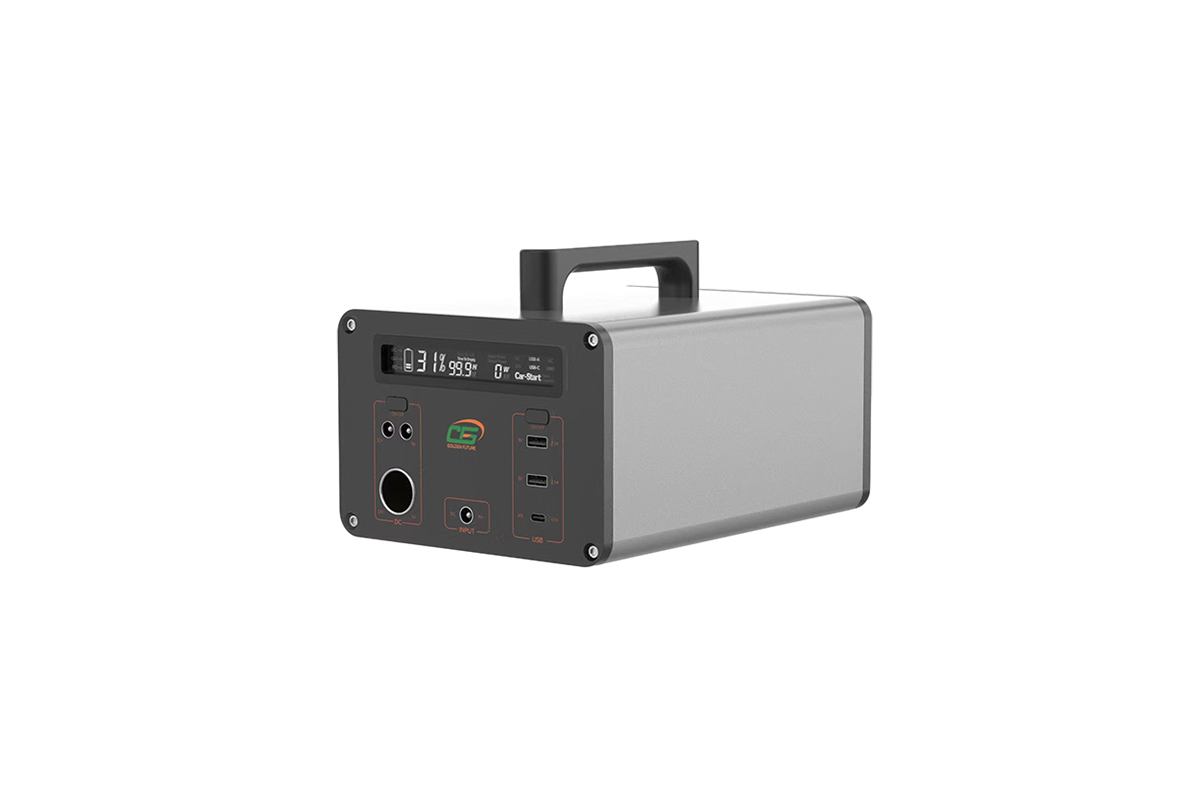

Time:2025-10-10 Views:1

Lead-acid batteries have emerged as a reliable energy storage solution for power supply in high-rise buildings, addressing critical needs such as backup power, load management, and emergency lighting. In tall structures, where power interruptions can pose significant risks to occupants and operations, these batteries serve as a robust backup system, ensuring uninterrupted electricity during grid failures or maintenance periods.
One of the primary advantages of lead-acid batteries in this context is their ability to deliver high currents instantly, which is essential for powering critical systems like elevators, fire alarms, security systems, and emergency lighting during outages. Their mature technology and proven performance make them a cost-effective choice compared to newer battery technologies, especially for applications requiring frequent but short-duration discharges.
High-rise buildings often face challenges with peak load demand, where electricity usage surges during specific times of the day, leading to increased energy costs. Lead-acid batteries can be integrated into the building's energy management system to store excess electricity during off-peak hours and release it during peak periods, reducing reliance on the grid and lowering utility bills. This load-shifting capability enhances energy efficiency and contributes to a more sustainable operation.
Moreover, lead-acid batteries are designed to withstand the environmental conditions typically found in high-rise buildings, such as controlled temperatures in dedicated battery rooms. They are also relatively easy to maintain, with established protocols for regular checks and replacements, ensuring long-term reliability. As high-rise buildings continue to grow in complexity and energy demands, lead-acid batteries remain a practical and trusted solution for ensuring continuous power supply and enhancing overall energy resilience.
Read recommendations: